Why You Need a Qualified Land Agent For Your Transaction
Buying or selling land can be a complicated business, and prospective buyers and sellers must be sure they have a qualified land agent who not only has their best interests in mind but also the knowledge and experience to make it happen. In Southeast New Mexico, where I am located, we often jokingly say we have more cows than people. Some of the more recent statistics suggest this may no longer be as true as it used to be, at least when judging the entire state as a whole, but for the most part New Mexico is still a very rural state, deeply rooted in its ranching heritage. The fifth largest state in the U.S., New Mexico offers vast wide-open ranch land, gorgeous sunsets, and breathtaking scenery, stunning even at times in its vast nothingness. Even with all that immense ranch land surrounding us, land brokers in New Mexico are hard to come by. It makes for an interesting conundrum in a state you would expect to be chockfull of land brokers, given how much land there actually is.
Land transactions gone badly are said to make up one of the largest percentages of all the total E&O (Errors & Omissions Insurance) claims in the state. Why is that? In the case of New Mexico, much of the reason is that there are so many agents not trained in land transactions trying to complete one as if they were a land expert when, clearly, they are not. Sadly, most of them don’t even think twice about it until it’s too late and the damage has been done, thereby resulting in the E&O claim as part of a potential lawsuit or settlement.
The reasons are varied and complicated but, despite having more cows than people and being surrounded by vast ranchland, the majority of real estate agents in New Mexico are trained as residential agents with the rest being commercial but not commercial specific to land. This is not limited to New Mexico, and occurs in most other states as well, but it is rather ironic in a state made up predominately of ranchland to have so many agents trained in other specialties but not land. The result is there are a large number of agents who are not prepared for the complexity that a land transaction brings with it, lacking the specialized expertise that is required for such a transaction. In fact, many people, agents and customers alike, see land as being a simple transaction. The thought process seems to go something like this: if there’s no house, then there’s no inspections, no repairs, and nothing to nitpick so it should be easy and fast-what could possibly go wrong? Unfortunately, many things can go wrong and an agent who is naïve of all those possibilities generally only creates more problems.
 This is exactly why you need an expert land agent for your land transaction. Residential and even general commercial agents are often oblivious to the challenges of land. Too often they may have spent their entire lives living in town and don’t understand the basics of water wells or septic systems, or that electricity isn’t just automatically available anywhere and everywhere on demand and that, even if it can be hooked up, the cost may be exorbitant and entirely prohibitive. Those are just a few of the issues that must be explored when a prospective buyer decides they want a simple country home. For an actual working farm or ranch, it can become so much more complicated. The bulk of the land in western states such as New Mexico is state or federally owned, meaning those leases must be negotiated as part of a sale as well as any private leases that may also be included. Water rights issues, mineral rights issues, and easements just to name a few must also be considered as well as countless other complexities unique to the land like soil types. As mentioned at the beginning of this article, land agents are not always prevalent so finding one can sometimes be a challenge in and of itself, especially in a rural area such as New Mexico. Putting the time and effort into finding the right agent is of absolute importance as it will determine the entire outcome of the transaction whether you are the buyer or the seller.
This is exactly why you need an expert land agent for your land transaction. Residential and even general commercial agents are often oblivious to the challenges of land. Too often they may have spent their entire lives living in town and don’t understand the basics of water wells or septic systems, or that electricity isn’t just automatically available anywhere and everywhere on demand and that, even if it can be hooked up, the cost may be exorbitant and entirely prohibitive. Those are just a few of the issues that must be explored when a prospective buyer decides they want a simple country home. For an actual working farm or ranch, it can become so much more complicated. The bulk of the land in western states such as New Mexico is state or federally owned, meaning those leases must be negotiated as part of a sale as well as any private leases that may also be included. Water rights issues, mineral rights issues, and easements just to name a few must also be considered as well as countless other complexities unique to the land like soil types. As mentioned at the beginning of this article, land agents are not always prevalent so finding one can sometimes be a challenge in and of itself, especially in a rural area such as New Mexico. Putting the time and effort into finding the right agent is of absolute importance as it will determine the entire outcome of the transaction whether you are the buyer or the seller.
Here are a few tips to get you started on finding a qualified land agent:
- Make sure they are experienced and have the resources to deal in your type of transaction. This means finding a farm and ranch broker for farms and ranches, transitional land brokers for subdivisions, timber agents for timberland, and so on. Be careful not to confuse a general commercial agent for being able to handle your land transaction. The word commercial typically means in-town businesses, not necessarily land. So if you do decide to hire a commercial agent, make sure they are the right type of commercial agent.
- Big name brokerages are not always better. Unless they only deal in land transactions, a big name brokerage may be a very dangerous thing, so be cautious if you decide to go this route. If you are considering using a larger brokerage, see if they have a farm and ranch or commercial division, Most of these brokerages are primarily residential and the agents may not have the experience needed to successfully conduct your land transaction. If you call or walk in wanting to list your multi-million dollar ranch for sale, you do not want to get an agent who got their license last week that has never done a land transaction before and who just happens to be on call today. Make sure you are working with a reputable agent, not just a company name. There can be a big difference.
- Big name Realtors® are not always better. You may find you recognize a name but is it a name known for the type of transaction you are wanting to do? They may be good at what they do or do a lot of marketing. However, if they aren’t knowledgeable in your specific transaction type, you may actually end up worse off than if you’d gone with a less recognizable name but who had the relevant experience and expertise to handle your property type.
- Remember your goal of buying or selling. A brokerage or agent may have a lot of listings which makes them seem more prestigious. But, are those listings like your listing? And are they selling? If not, why not? If you are trying to sell, do you want your property sold and closed, or do you just want it listed or tied up in escrow? Find the agent who can get it done by asking to see a track record of successfully completed land transactions like your own. There is a big difference between listing properties and selling It’s easy for an agent to make lofty promises that they can get a certain price or can make this happen or make that happen, but is it reasonable and can they actually do it?
- Find an agent who has connections and isn’t afraid to use them. None of us are experts on everything. No two transactions are ever the same so no matter how seasoned or experienced, it seems there’s always something new or unexpected. Find the agent who has a large network and isn’t afraid to consult others for opinions and seek help when they aren’t sure of something – and who isn’t afraid to admit they don’t know everything.
- Use a local agent if possible. As long as they have the experience required, a local agent is typically best because they are familiar with and know the nuances of the area and they are readily available. However, if the local agent is not as experienced in your type of transaction, you may be better off with someone who has more expertise outside of the local area. Sometimes, the best case scenario is to have one of each. In this case, find either a local or non-local agent and then request that person team up with the other. Agents do not have to be from the same office in order to co-broker a deal. When you have one of each, you can pair one agent’s local expertise and availability with the resources and knowledge of the non-local agent to create an amazing team that can work for you in a way that neither party could do on their own.
- If you still don’t know where to start, consult a resource such as the Realtors® Land Institute (RLI), www.rliland.com, which is a nationwide organization of land brokers. With over 1,300 members across North America, and over 500 of them holding the elite Accredited Land Consultant (ALC) Designation, RLI can connect you to an expert in your area. And that expert, by virtue of their membership in RLI, has access to a network of other members in RLI who can and will provide expert advice as needed as well as open up a whole new pool of potential buyers. You can even use the free Find A Land Consultant search tool on their website to find a qualified land agent near you.
 Author Bio: Beth Myers is the Qualifying Broker/Owner of Rafter Cross Realty, LLC, located in Lovington in the Southeastern corner of New Mexico. Beth is a former educator holding a Bachelor’s degree in Business with three majors, two Master’s degrees, and a Ph.D. and having taught nearly everything from kindergarten to college level before transitioning into real estate and eventually opening her own brokerage. Now she is a multi-million dollar annually producing agent/broker in her small town and the surrounding areas, specializing in residential and farm & ranch sales. She serves on the local, state, and national levels, as a Board Member and Treasurer for the Lea County Real Estate Professionals, a Board Member for the New Mexico Multiple Listing Service, and as a Committee Member for the Realtors® Land Institute Future Leaders Committee.
Author Bio: Beth Myers is the Qualifying Broker/Owner of Rafter Cross Realty, LLC, located in Lovington in the Southeastern corner of New Mexico. Beth is a former educator holding a Bachelor’s degree in Business with three majors, two Master’s degrees, and a Ph.D. and having taught nearly everything from kindergarten to college level before transitioning into real estate and eventually opening her own brokerage. Now she is a multi-million dollar annually producing agent/broker in her small town and the surrounding areas, specializing in residential and farm & ranch sales. She serves on the local, state, and national levels, as a Board Member and Treasurer for the Lea County Real Estate Professionals, a Board Member for the New Mexico Multiple Listing Service, and as a Committee Member for the Realtors® Land Institute Future Leaders Committee.

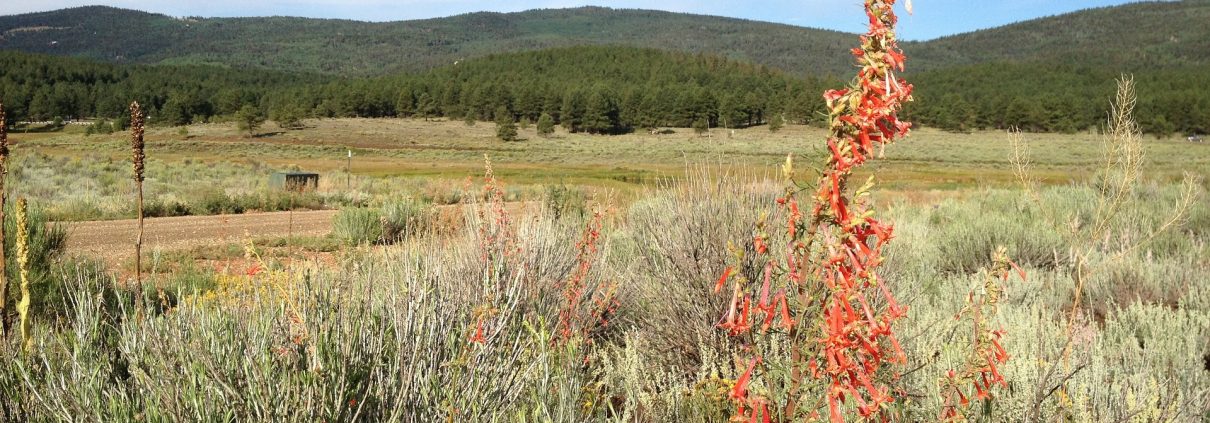

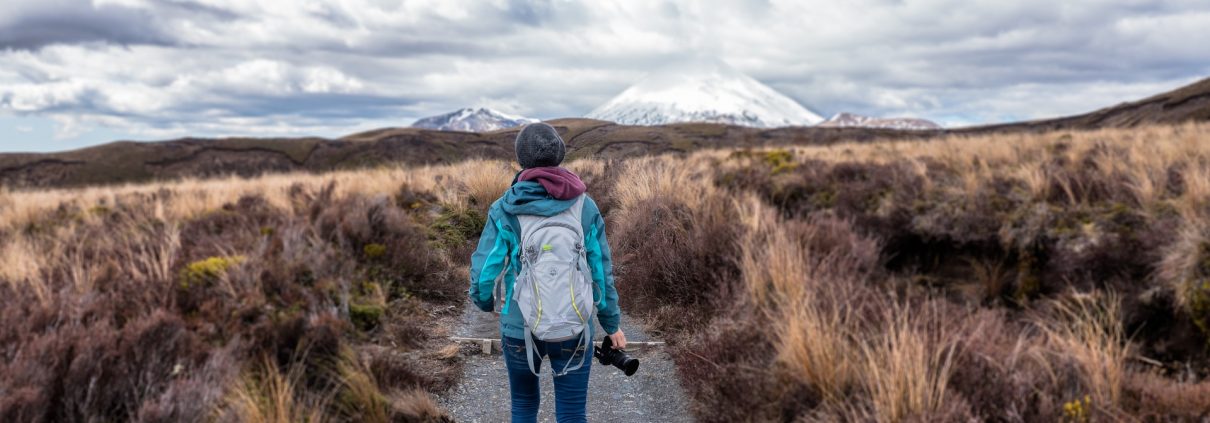

 About the Author:
About the Author: 
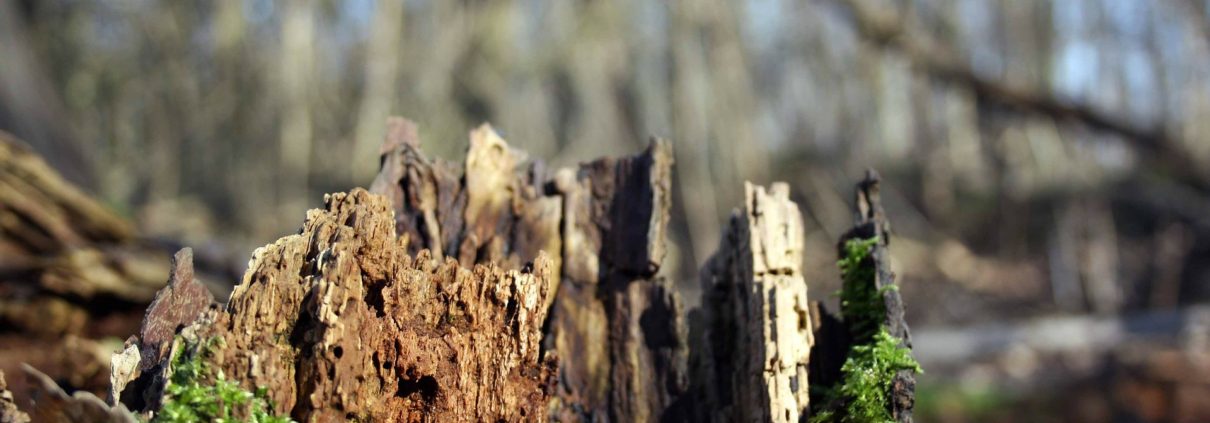

 About the Author:
About the Author: 
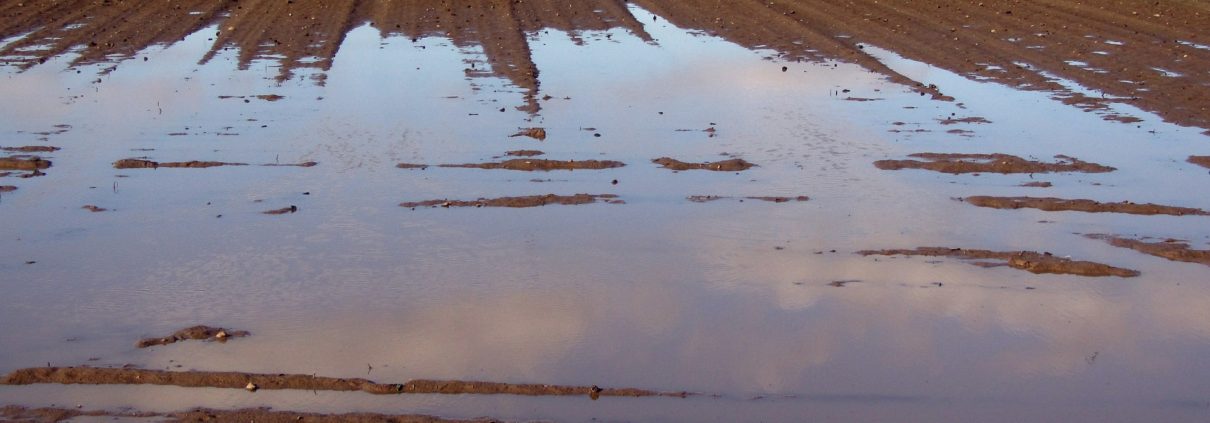





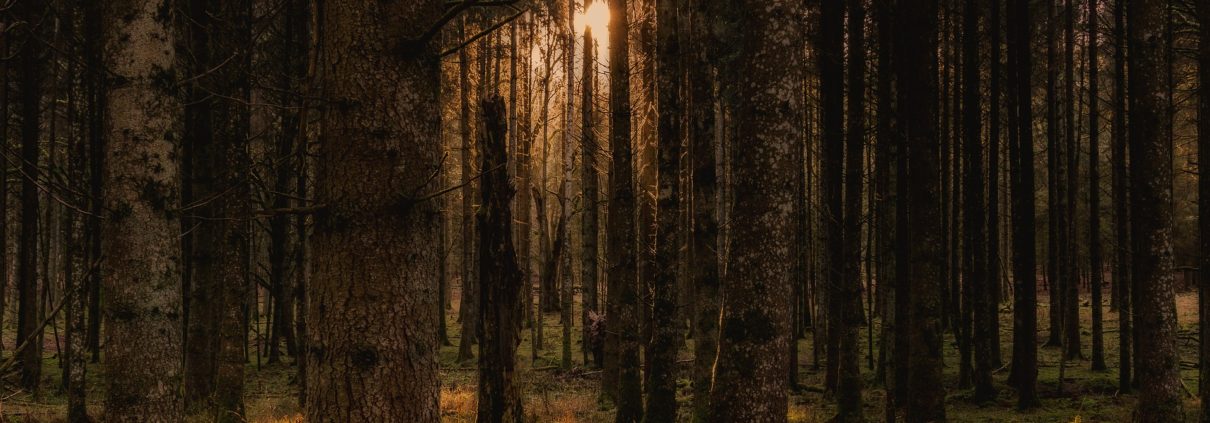






 About the author:
About the author: 









